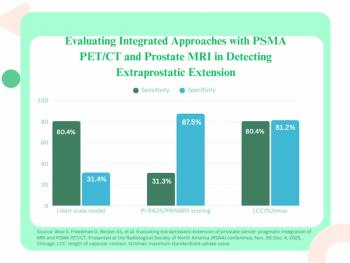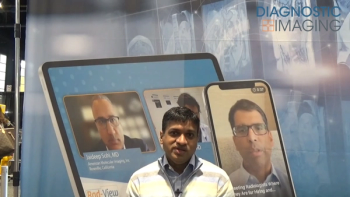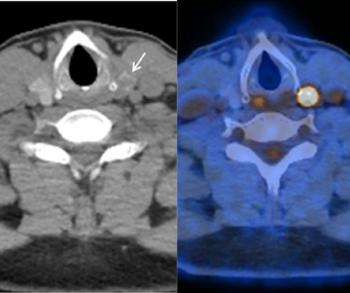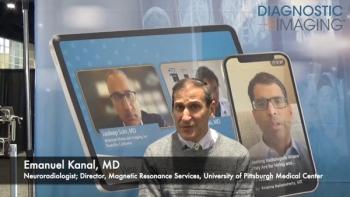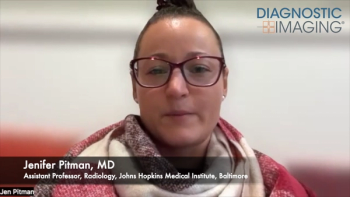
FDA Clears Multi-modality Breast Imaging and PACS Viewer
Barco’s Coronis Uniti display system received expanded clearance for multi-modality viewing.
Barco’s diagnostic display system, Coronis Uniti, received FDA clearance for PACS and multi-modality breast imaging, the first and only display in the world with this clinical validation, Barco announced.
The new FDA indications expand on the previous clearance for viewing PACS, mammography, and breast tomosynthesis images on the display. Now approved are breast MRI, breast ultrasound, and CT and ultrasound, including vascular and gynecological ultrasound, according to a release.
Barco expects multi-modality breast imaging to ease workflow, eliminating the need to change workstations to complete patient studies, and provide clinical perspectives with the ability to run side-by-side comparisons and image fusions, the company said.[[{"type":"media","view_mode":"media_crop","fid":"42605","attributes":{"alt":"","class":"media-image media-image-right","id":"media_crop_8395594880973","media_crop_h":"0","media_crop_image_style":"-1","media_crop_instance":"4625","media_crop_rotate":"0","media_crop_scale_h":"0","media_crop_scale_w":"0","media_crop_w":"0","media_crop_x":"0","media_crop_y":"0","style":"float: right;","title":" ","typeof":"foaf:Image"}}]]
The multi-modality PACS and breast imaging viewer was years in the making, requiring new technology to calibrate and maintain consistency of color images, automatically set the proper color and grayscale settings for every image modality, and counteract motion blur in multi-frame image sequences, according to the release.
“With Coronis Uniti, we wanted to break through the technical boundaries of multi-modality integration and deliver the first unified workflow for radiologists in order to improve reading productivity as well as health outcomes,” Lynda Domogalla, Barco’s VP Product Marketing for Healthcare, said in the release. “We have succeeded in developing a ‘one size fits all’ diagnostic display – which defines a new bar for clinically-focused display solutions.”
Newsletter
Stay at the forefront of radiology with the Diagnostic Imaging newsletter, delivering the latest news, clinical insights, and imaging advancements for today’s radiologists.

